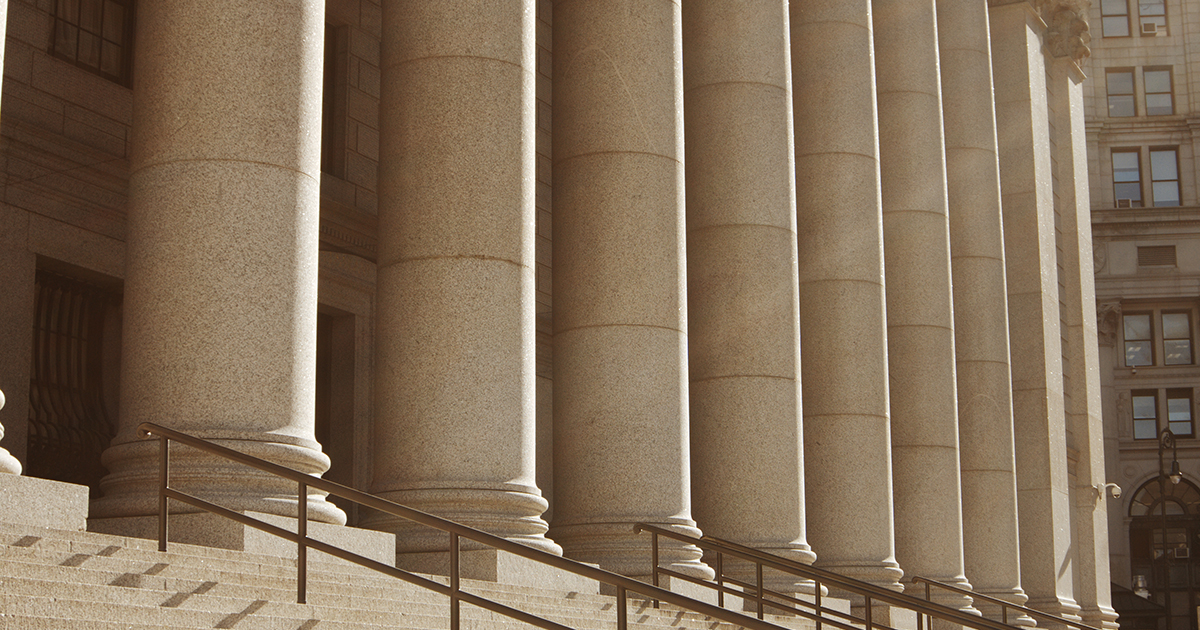
Although rates have risen across the curve in recent weeks due to debt ceiling uncertainty, more hawkish Fed expectations, and resilient economic data, the overall macro landscape is one of slowing growth and receding inflation.
This weekend, an agreement to suspend the debt ceiling until January 2025 was reached. Although there are still additional hurdles to get this package passed into law, markets have rallied as the prospect for a credit downgrade or default have diminished. However, many market participants are now wondering how interest rates will respond as the Treasury resumes net issuance and replenishes its Treasury General Account.
Since the U.S. reached its debt ceiling on January 19, the Treasury has been relying on cash in the Treasury General Account (TGA) and “extraordinary measures” to fund its obligations. Once the debt ceiling is officially suspended, the Treasury will make whole the sources of extraordinary measures – mostly government pension funds – to the tune of roughly USD 350 billion. It will also refill the TGA, which ran a balance of about USD 640 billion over the past five years through 2022. The Treasury itself estimated at the beginning of May1 that it will hold a cash balance of USD 600 billion by the end of September and issue USD 733 billion in net marketable debt assuming debt ceiling issues were resolved.
Increased T-bill issuance may put mild upward pressure on short-term rates for a brief period, but as highlighted in the chart below, prevailing monetary policy had a more pronounced influence on yields than increased issuance after prior debt ceiling resolutions. There was little change in yields while the Federal Reserve (Fed) held rates near zero (2011, 2013, 2014), yields rose during periods of rate hikes or in anticipation of a hiking cycle (2015, 2017, 2018, 2021) and fell during periods of rate cuts (2019).
Perhaps the broader implication is that an increase in the TGA would likely be offset by a decrease in bank reserves at a time when quantitative tightening (QT) is draining liquidity and deposits are under pressure from higher-yielding money market funds or short duration bonds. This calls into question whether the Fed can hike rates again, which markets are now pricing in for either June or July, and how long it can sustain its QT program at its current pace.
Although rates have risen across the curve in recent weeks due to debt ceiling uncertainty, more hawkish Fed expectations, and resilient economic data, the overall macro landscape is one of slowing growth and receding inflation. Yields at these levels present a window of opportunity for investors seeking attractive entry points into core bonds, which should benefit has yields decline over the next year.





